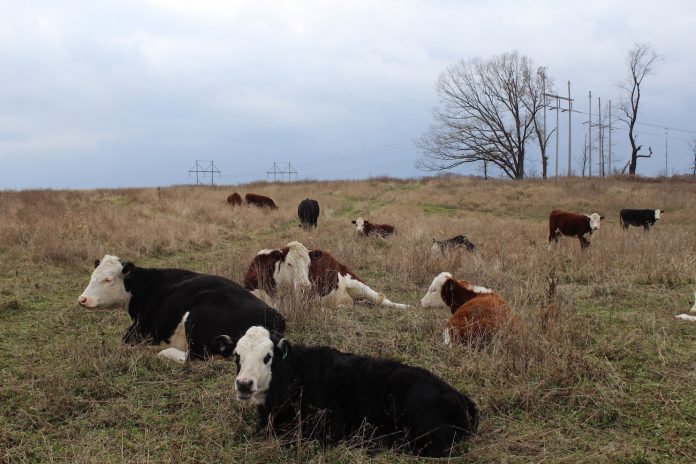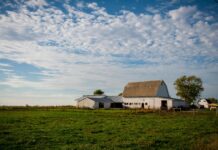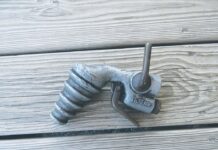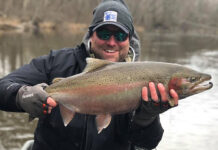
The days are getting shorter, the days are getting colder and the year is coming to a close. This is the time of year when decisions are made.
It seems like when you discuss problems in livestock farms, you get a solution, but the capacity to implement the solution is not always easy or even feasible. That’s when some people give up, but others get creative.
This, unfortunately, is also the time big decisions have to be made. Let us examine some things we should think about when figuring out what to do leaving the year 2021 behind us.
Enough hay?
One thing we should examine after harvest season is how much hay do we have and how good is it. Did we make enough hay to feed all of our animals over winter? The solution to this question could be buying more hay or selling some animals?
Think about the body condition score that your animals are in as well. Consider the capacity to maintain this momentum the following year. This question does get a bit hazy when we consider the price of nitrogen, whether its urea, ammonium sulfate, or anhydrous ammonia; it’s a lot more expensive.
Will you need to keep fertilizing fields to stay on track? When we consider the cost of nutrients, we sometimes forget that hay is not only feed but nutrient balls that can be put back into a field or moved somewhere else.
Doing some bale grazing or unrolling bales is a great way to shuffle those nutrients around when and where you want them.
Reducing the herd
Let us examine the option of reducing the herd. Marketing is always what people inquire about in many extension programs. Larger, successful farms will say direct marketing to a specific buyer is the best way to maximize the profitability of your calves.
Catering to the calf buyer’s wants will guarantee a premium for your calves or cull cows. Some of the ways we “cater” to what a calf buyer wants is to wean, vaccinate and uniform the herd based on size and sometimes color. If you have a small herd, that is not always possible.
Many times, direct marketing is not possible based on herd size. Sometimes, you might not have the facilities to make it happen. You might not have the time because you have a full-time job, and the animals are not the “bread and butter” of the family. Everyone wants weaned calves, but it is not always possible.
Better together
There is a multi-county group I would like to discuss as an example of one option to the smaller producer. The group is called the Barnesville Area Feeder Calf Association. If you do everything you can to make a high-quality animal, but you lack the herd size, facilities or time to wean and direct market, this option addresses the small cow-calf herd producer.
Beef farmers in Belmont and Monroe, Ohio counties are not usually the largest farms in the state. The Barnesville Area Feeder Calf Association was put in place to address this. The sale is a graded sale that calves are graded, sorted and grouped with similar calves for a high quality, uniform herd. The group is supported by their local extension agencies as a way to support the Ohio beef producer.
When a farmer brings his/her calves into the sale barn on this day, they are sorted, graded and weighed. The calves need to be castrated and polled to make the grade. The calves are then sorted into groups that will appeal to a buyer for type, color and uniformity. Any vaccines desired by the buyer will get administered before the buyer loads the calves.
In this manner, a buyer will get a more uniform, graded product and the producer calf will be pooled with similar animals for uniformity and quality. The beauty of this system allows for a competitive edge to the smaller producer.
The system also allows for camaraderie and stewardship amongst neighbors. The better one does, the better the group does as well. I like to think of this as a creative solution when a farmer is limited by herd size and facilities.
Need for small
The farming trend has been that small farms are being assimilated by large farms and the number of farms in the country are decreasing. When faced with a problem as large as this, creative solutions need to be crafted.
Agriculture is not only a necessity for food security but an important culture that teaches hard work and stewardship. The loss of farms in the country is a problem that needs a creative solution, maybe the Barnesville Area Feeder Calf Association is one of those options.
Reexamine the greener side of the situation. A more sustainable, clover promoting management system can also be accomplished and help offset costs to the smaller producer.
Sometimes the small things can get you through a hard time and other times, it might not be enough. Take time and reflect on the situation at hand; remember that change is often necessary.












